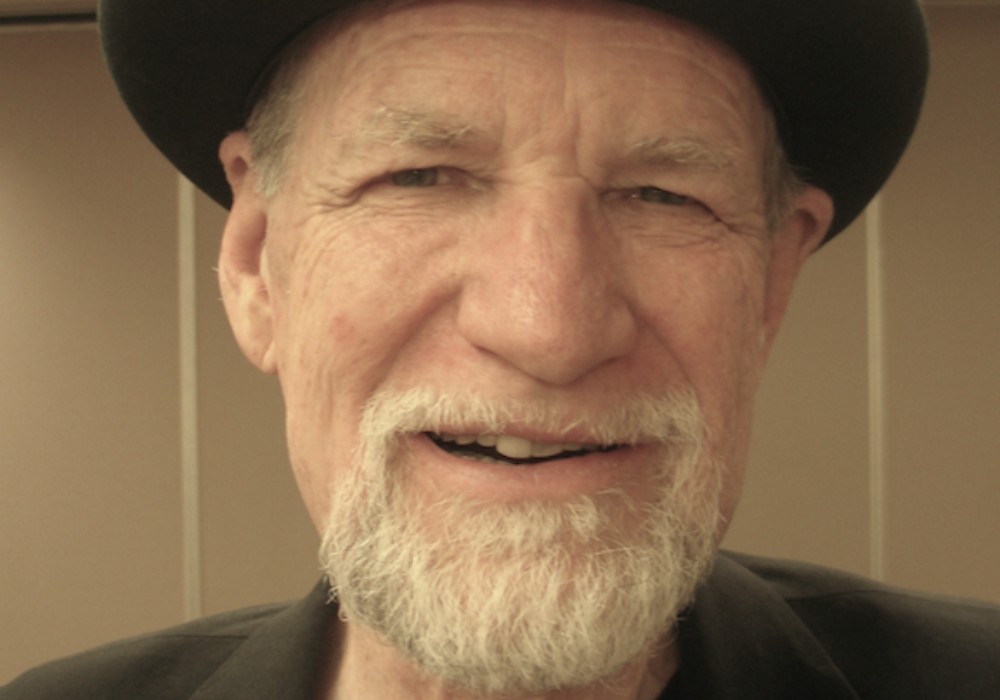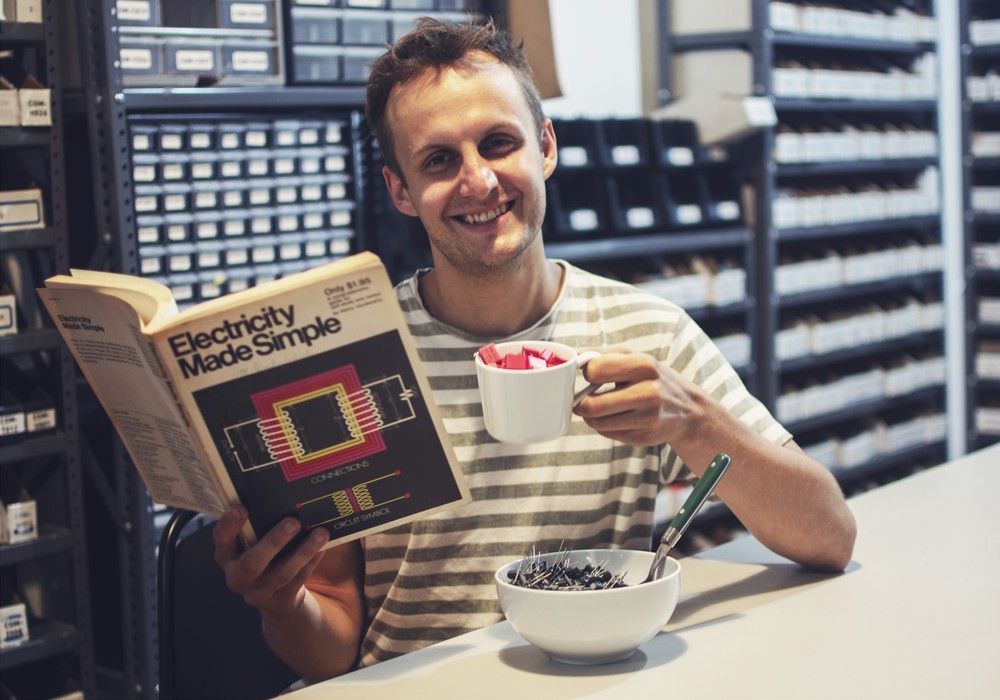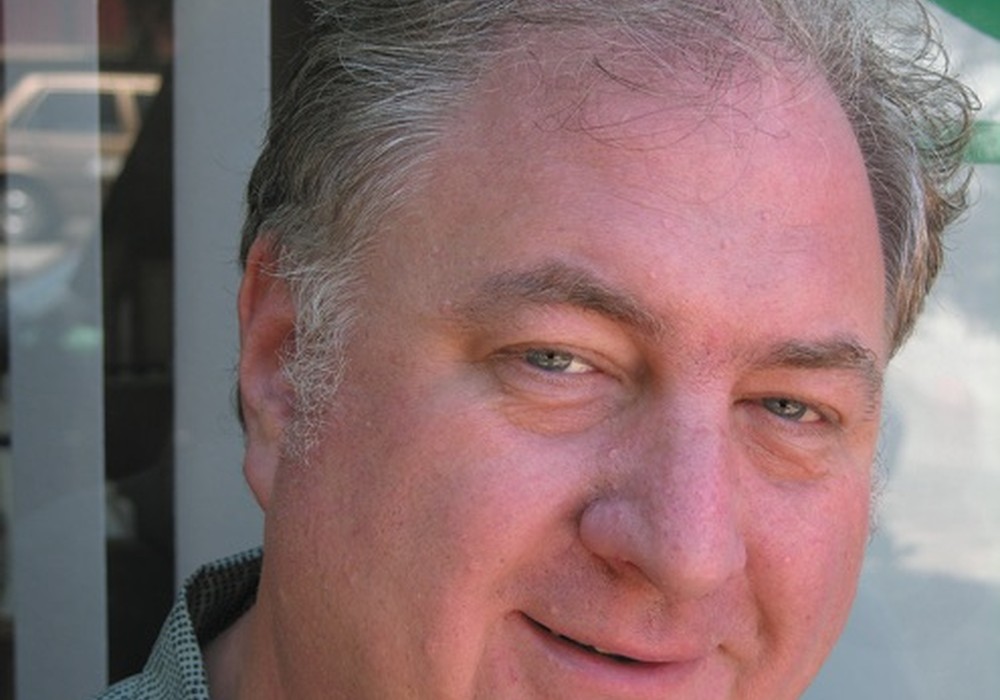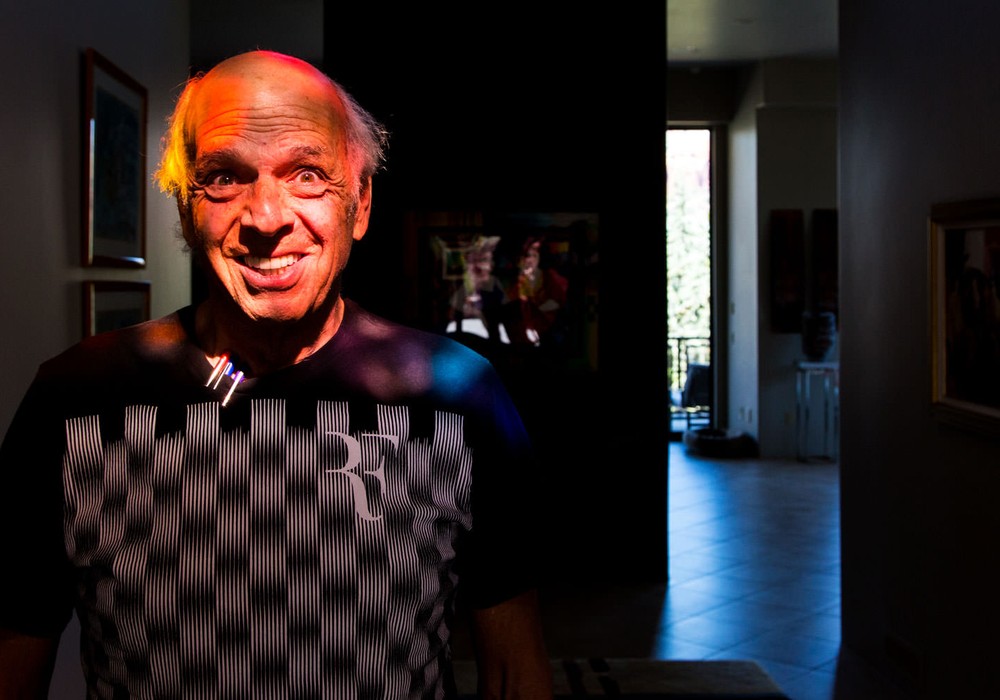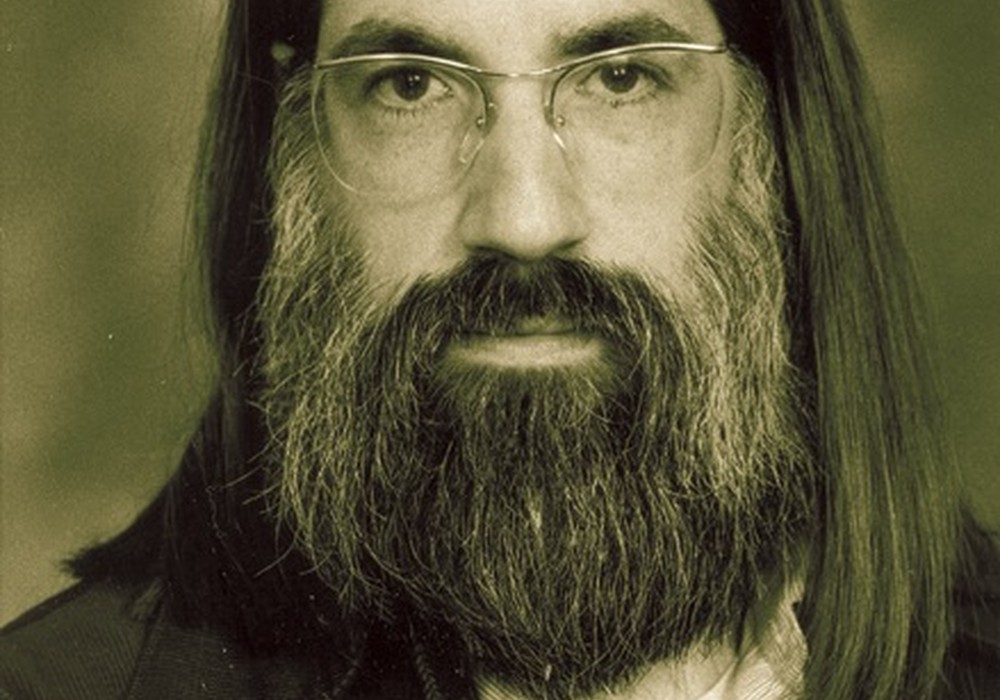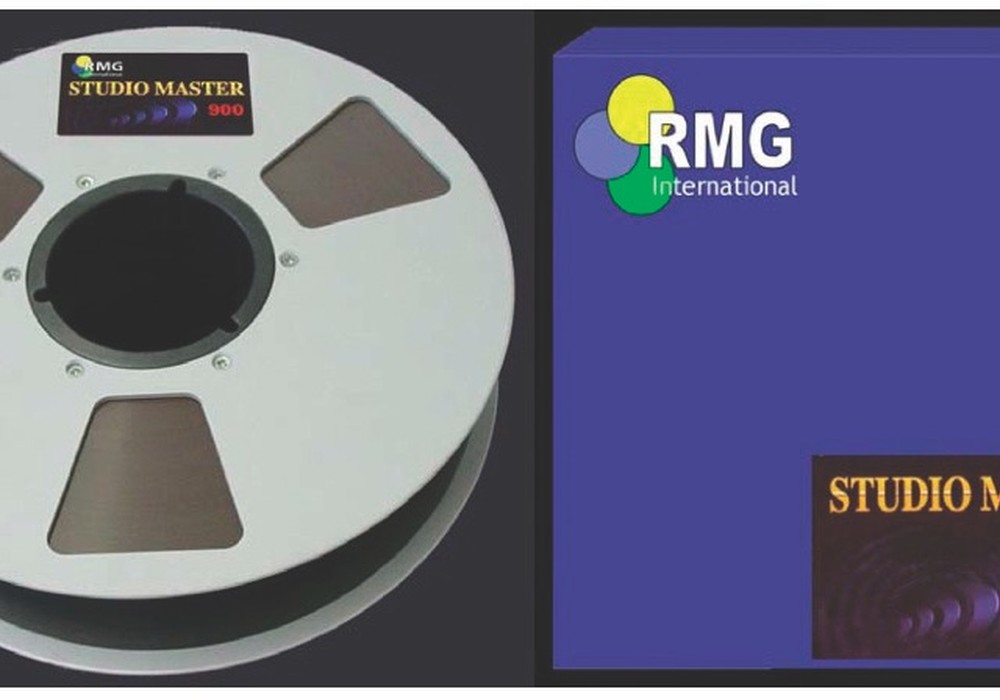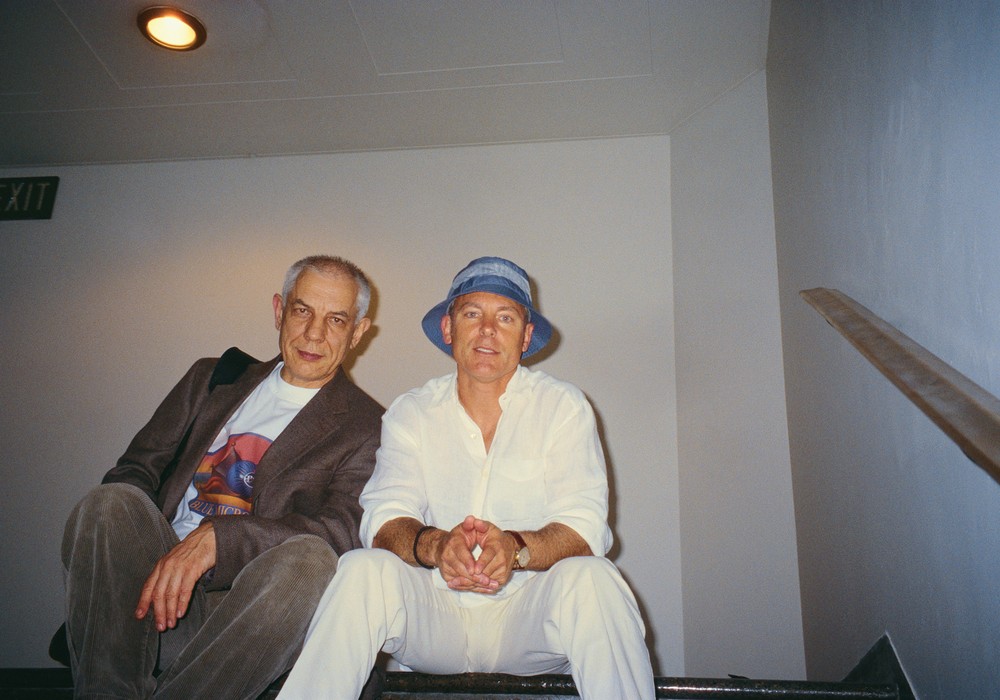Tim Spencer's TRUE Systems, based in Tucson, Arizona, has been quietly building a reputation as a manufacturer of quality mic preamps for the last 12 years. Tim's electrical engineering degree, and years of work for Burr-Brown and Hughes Missile Systems and a passion for recording combined to make his own version of a microphone preamp, with more products on the way.
What made you turn to audio manufacturing?
I always maintained a home studio. When it was reported that Raytheon was looking to buy Hughes, I woke up one morning and said, "All I do is manage political stuff. I would love to do something creative and something involving my loves from the past." I thought about going back to school, but over a nine-month period, recording came to the forefront. At one point I decided I wanted to work on a project that would make my life a little easier. The first thing I thought I needed was a good multi-channel mic preamp. This is about the time when the Alesis ADAT and Tascam DA-88 MDM decks were popular.
Each of those are 8-channel boxes, but they have no preamps.
Well, if you had some good preamps and some decent mics, you could go out for location things and do good recordings of grand piano, choirs or live shows — you could make your studio wherever the talent was. I don't know if I was necessarily thinking of going to market or anything like that. I just wanted to do some good recordings.
Did you want to open a studio?
Not at that point. I just wanted to be able to go out and make some cool recordings. I pulled out my 20-year-old Fluke digital multimeter and my $400 Korean oscilloscope and put them on the kitchen table. I started researching the favorite analog components of the day. I wanted to see what op- amps, topologies and transistors were popular. I was thinking that surely life had changed a tremendous amount in the 20 years while I was in industry. Things had not changed tremendously. I started designing different circuit topologies. I actually started with five different topologies. I put them in a little brown prefabricated metal rack mount — so they couldn't be seen by the outside world. I wanted to see how my pro audio and musician friends reacted to them. I would go over to one studio or another studio and plug in my test unit and we would compare how things sounded.
These were blind tests.
My little brown box was ridiculously ugly — they would pull out one of those expensively constructed units, like a Focusrite Red, and it was embarrassing. This would have been around 1995 or 1996. We started to do A/B comparisons. Some of the topologies were good, but not astounding. We landed on one that was a favorite, so I decided that I was going to focus on that topology. During that time I explored different components, brands and parts. We exchanged different parts that are supposed to be electronically similar, and found that they were not when it came time to listen to the preamp. We spent months doing this. When we started this I used very basic test equipment for things like noise and bandwidth. After that point you have to go deeper — you have to listen and you have to examine other things. From an audio standpoint some of these measurements can be too global or too broad.
Can you give an example?
Well, there's the THD + N specification, which stands for Total Harmonic Distortion plus Noise. That's nice, but it's a big glob of information. Within that you have different components of harmonic distortion. Some amplifiers have harmonic distortion that they are known for and a type that creates a pleasing sound. For our purposes, examining THD is a waste of time. Our work was not designed to make the preamp with the lowest total harmonic distortion. There are engineering things you could do, if you wanted to do that.
You wouldn't have to listen to it.
You wouldn't ever have to listen to it. In fact, you could build it on a simulator and never listen to it. That kind of approach has values, for example, in industrial applications or industrial automation. But in my experience it doesn't' work in pro audio. Our ears are much too sensitive to more kinds of errors than the typical measurements show us. I don't really subscribe to the idea that there is just "one" thing that you...
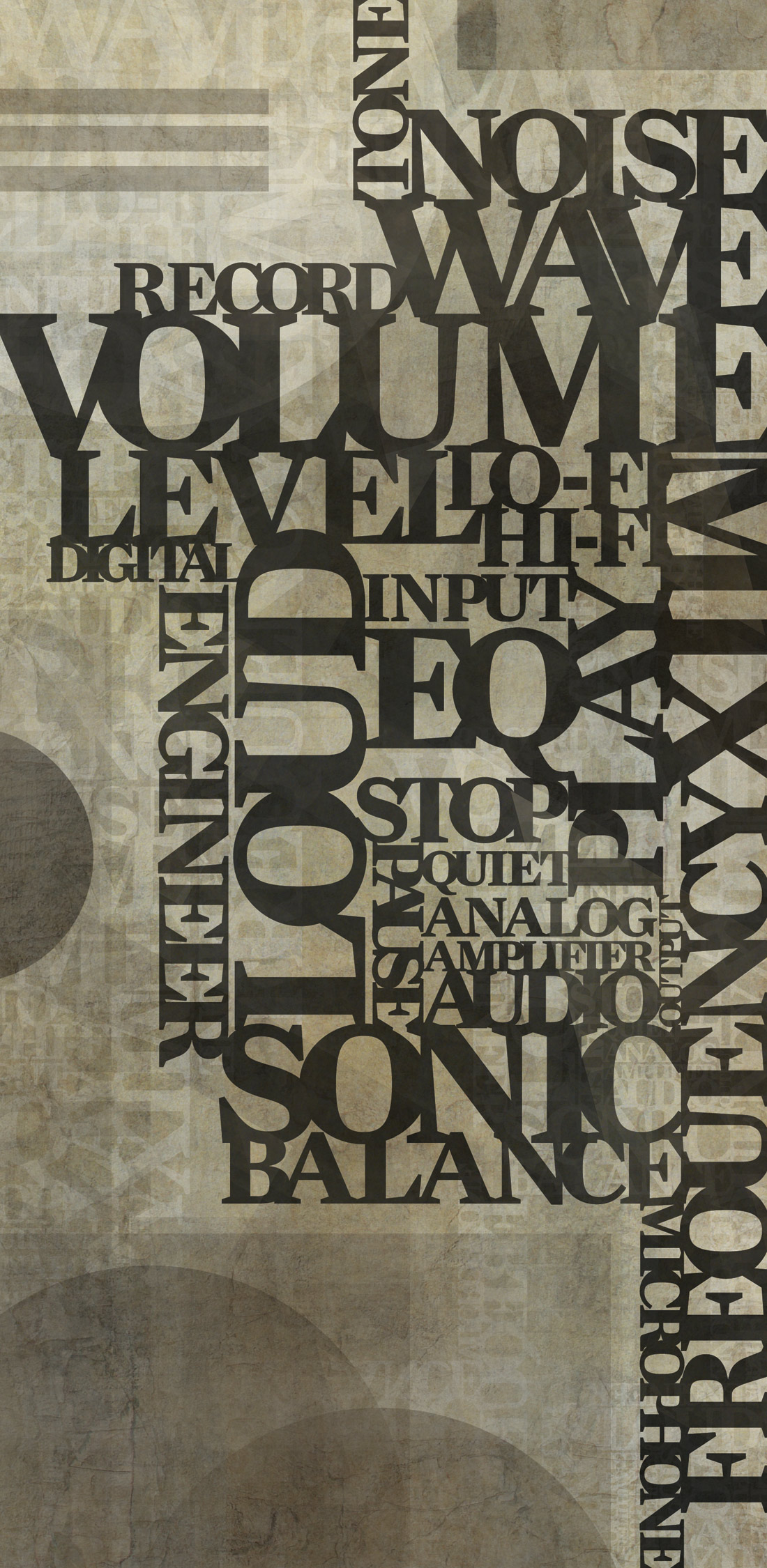

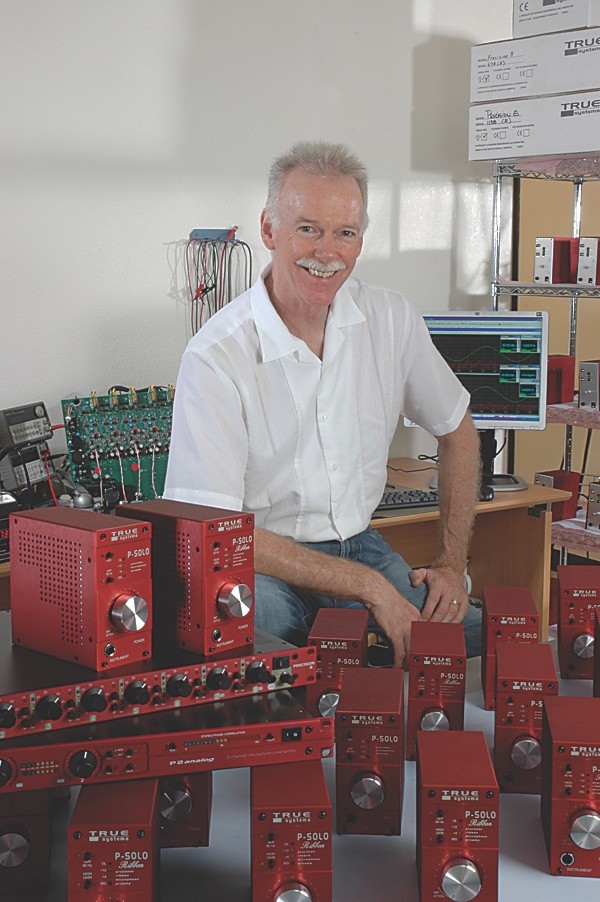


_disp_horizontal_bw.jpg)
